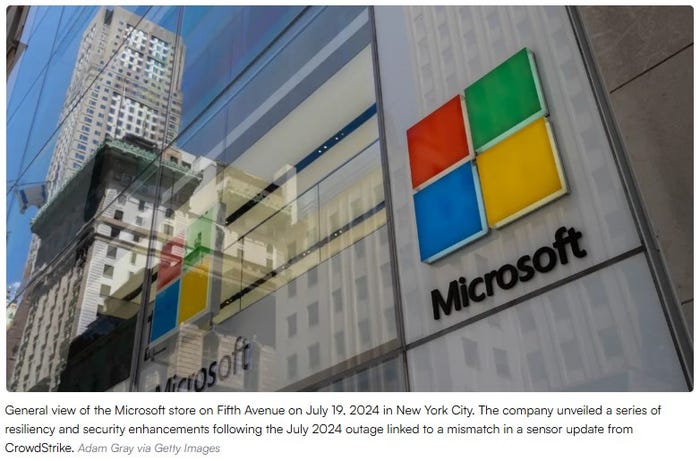Smartphone app makes vehicle extrication a snap
Developed by Bohemian Innovations, the Extraction Zones Pro app puts vehicle information at the hands of first responders. Upon arriving at the scene of a vehicular accident, emergency responders can click on this app and select the make and model of the damaged vehicles from an extensive databank in the pop-up list.
December 22, 2011
Widespread smartphone and tablet adoption continues to drive the demand for mobile applications, for both consumers and first responders in the field who must perform myriad tasks. In fact, 2012 mobile app downloads are expected to jump from 7 billion in 2009 to almost 50 billion in 2012, with a market worth of about $17.5 billion, according to a study by Chetan Sharma Consulting. What’s exciting about the development for the fire service is that firefighters often are the inventors of many apps now available on the market for all-hazards response.
For example, Adam Weiss, an engineer and paramedic for Clark County Fire Department in Las Vegas saw a need for an app to help firefighters quickly save victims from different vehicular accidents. The idea came to him during extrication training, when he discussed the challenges of remembering the different components for vehicles in both older and newer model vehicles to a colleague.
“I mentioned to another guy we should make a database of all the extrication material for us to use, because it is way too complicated to get a training class once a year and be expected to remember it all,” Weiss said.
Developed by Bohemian Innovations, the Extraction Zones Pro app puts vehicle information at the hands of first responders. Upon arriving at the scene of a vehicular accident, emergency responders can click on this app and select the make and model of the damaged vehicles from an extensive databank in the pop-up list. The side and top view of these specific vehicles will come up displaying all areas of concern that are crucial to a safe and efficient extrication of trapped victims. It includes hybrid and gas-powered vehicles built after 2000.
“So you’ll have a scroll down menu of the makes, such as Chevy to Volvo, in alphabetical order. You click on it and then it lists the names of vehicles from that manufacturer,” he said. “You can literally get to the car you want within 10 seconds. We didn’t want it to be lengthy so it’s a two-step process to get in.”
Areas featured in these two views include ultra-high-strength structural reinforcements, high-voltage hybrid batteries and high-voltage cables, airbags and airbag canisters, seatbelt pre-tensioners, fuel tanks, and 12-volt batteries.
“Now, before we start cutting into the vehicles, we have some idea of where everything is,” he said. “Because we know where components are, we don’t have to waste time searching all over the vehicle. We can go directly to the place, cut the batteries, and then deactivate the airbags so we can start cutting into the car faster. The faster we can get into the vehicle, the faster we can get people out of the vehicle.”
The app costs $4.99. It is available for Apple and Android smartphones and tablets. Weiss said future versions will be available on Windows-based tablets.



